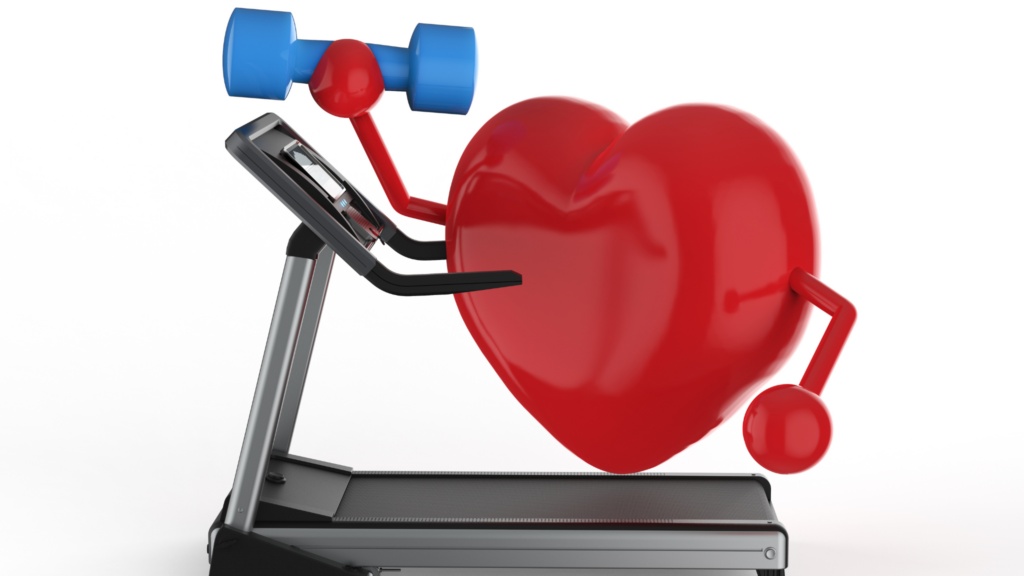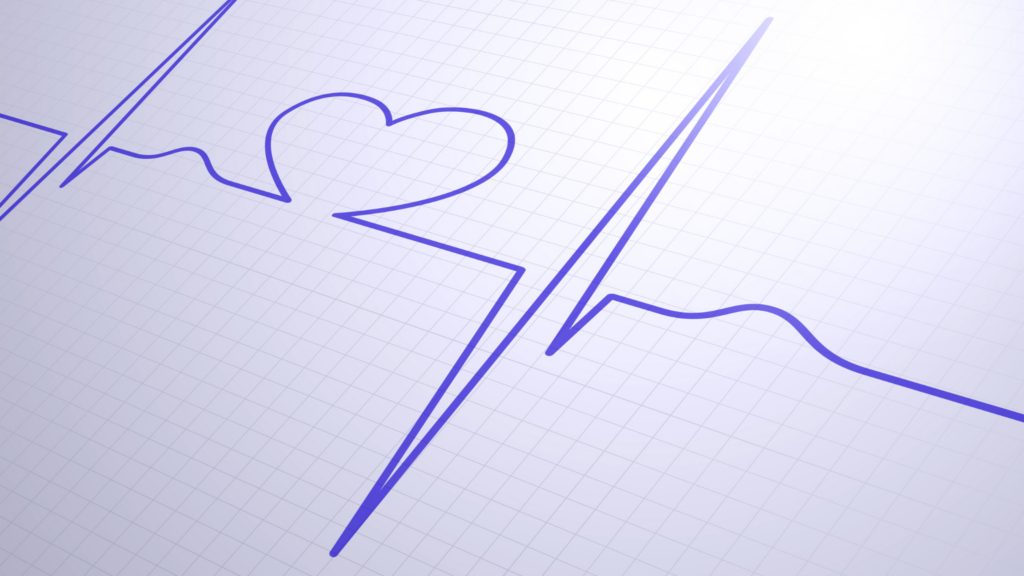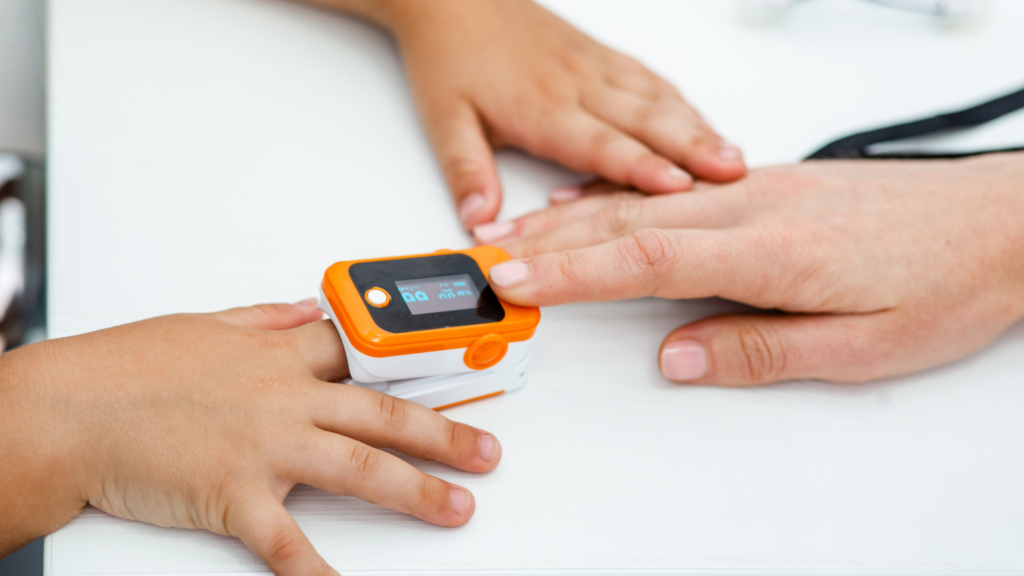
Have you ever taken your pulse rate? It’s a good idea to track it periodically, especially if you have a heart condition. Overall, it’s also possible to find a target heart rate for a 10-year-old exercising moderately or at a higher intensity.
It’s important to learn what the normal heart rate is at rest and when working out to determine your preferred exercise intensity for your age.
When working out, you must determine if you’re doing enough or not. There’s a simple way to learn! Your target heart rate ensures that you get the most benefit from each step, squat, and lunge. Even if you’re not an athlete or heading to the gym all the time, it’s crucial to get your estimated maximum heart rate to track your fitness level and health.
Cardiovascular fitness focuses on activities that raise your heart rate, which can include almost any physical activity. When you elevate your heart rate for at least 30 minutes per day, you’ll improve heart health. A strong and healthy heart can deliver oxygen more efficiently and burns more fat while you rest and exercise.

There are many benefits of having a strong heart and working out. Along with healthier lungs and a good heart, regular physical activity can lead to less stress, better sleep, fewer mood swings, and less depression. Plus, you’ll lead an active lifestyle.
Each person has a target heart rate zone that they should hit when performing a physical activity. The easiest way to calculate that is to determine your predicted maximum heart rate. Do this by subtracting age from 220.
When you know your maximum heart rate, you can determine the target heart rate range by multiplying that maximum heart rate by 0.65 (65 percent). This gives you the low end. Next, you will multiply the maximum heart rate by 0.85 (85 percent) to find the high-end range.
A child’s heart rate depends less on their age. For example, from 8 to 12 years old, the resting heart rate should be 84, and the beats per minute (normal range) should be between 52 and 115.
The resting heart rate is how many times the heart beats per minute while you’re sitting or resting. You should know this number for yourself and your child. It’s best to check it in the morning before eating or drinking anything.
Yes! Your target heart rate is likely to be different than a child’s heart rate at rest. Most adults get about 60 to 100 beats per minute, which is considered normal. However, your heart rate can change based on medication, hormones, anxiety, and stress. Likewise, your physical fitness level can make a difference, as well as exercise intensity.
Your resting heart rate is in the normal range when you’re not exercising. The target heart rate is what you should be at when you’re exercising.
Though the common calculation shown above is great for adults, it might not be accurate for the child’s heart rate. Using the formula from above, you’d get these numbers for a 10-year-old: The low end of the maximum heart rate would be 136.5, and the high end would be 178.5. Under no circumstances should a child’s heart rate go that high on either end of the spectrum.
It’s wise to speak with a pediatrician to determine your child’s target heart rate if that’s needed.
The CDC recommends that teens and children get about one hour of activity each day. They don’t have to perform specific routines or reach a set exercise intensity. In fact, many things could count as physical activity, such as running, playing at the park, and more. It’s best to talk to your pediatrician if you believe your child isn’t exerting themselves well enough.

Your heart beats per minute can tell you many things. When you’re resting, it will ensure that your heart isn’t working too hard to get nutrients and oxygen through the body. When you’re working out to your favorite exercise program, it helps you see that you’re not overdoing it.
Those with high blood pressure may find that working out too hard leaves them dizzy or with the feeling they’ll faint. This could be a medical emergency, which is why exercise testing is often required for adults with health problems, such as heart disease. Overall it indicates that your cardiovascular system isn’t strong enough to handle the routine.
With a target in mind, you can monitor your or your child’s heart rate to ensure you’re at the right spot. While they exercise, check their heart rate. You can find wearable activity trackers, but they might not be accurate.
To do it manually, you will take the pulse from the inside of the wrist on your thumb side. Use the first two fingers (tips) instead of the thumb, and ensure that you press lightly over your artery. Count the pulse for 30 seconds, multiplying that by two to find the beats per minute.
Having a high heart rate indicates that your child (or you) is straining. Slow things down a little, or take a break. However, with a too-low heart rate, you may need to exercise harder to get to your upper limit. If the goal is to lose weight, this is the best solution.

Taking your child’s pulse to get the beats per minute is a simple process and can ensure that the heart muscle is working properly. You want them to be within target range as much as possible, but heart rates can change based on many factors.
Talk to your doctor or child’s pediatrician if you feel that you or they have a fast pulse. It’s always better to err on the side of caution than have a severe health issue.
Copyright © CardiacKrock.com. 2022 All rights reserved. | Sitemap